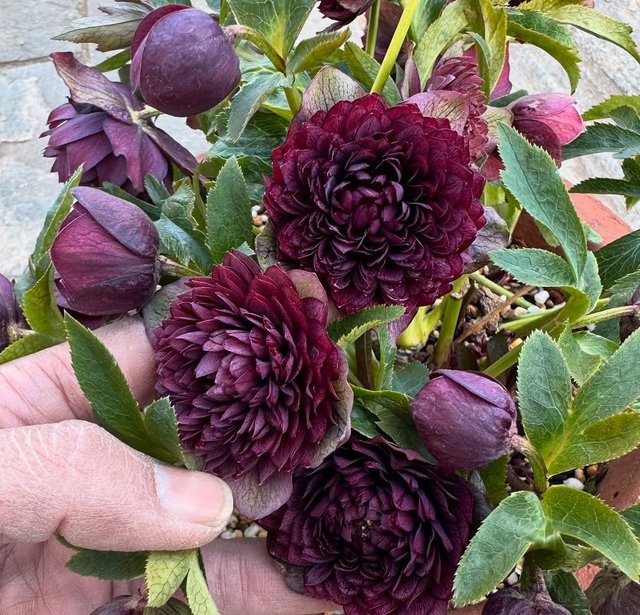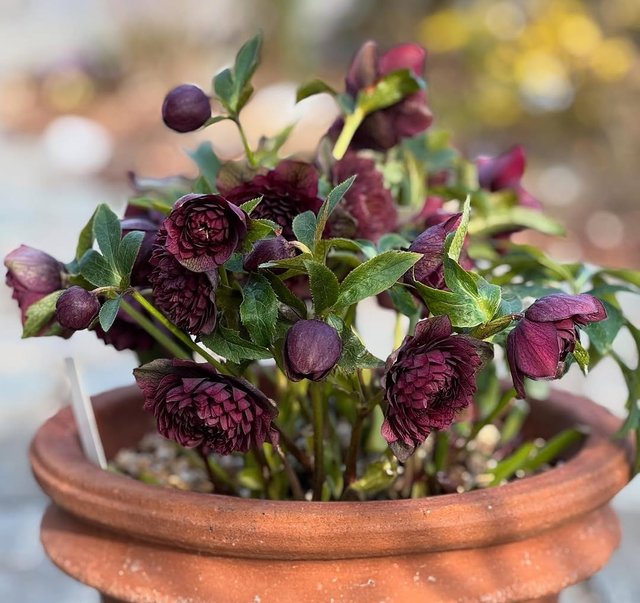Helleborus Orientalis So Beautiful
Helleborus orientalis: A Jewel of the Winter Garden
Helleborus orientalis, commonly known as the Lenten Rose, is a perennial plant that brings a touch of elegance and resilience to late winter and early spring gardens. Native to the Caucasus region, this member of the Ranunculaceae family has become a favorite among gardeners for its evergreen foliage, long-lasting blooms, and ability to thrive in shade.
Botanical Beauty
Despite its common name, the Lenten Rose is not a true rose. It earns the "Lenten" moniker due to its blooming period, which typically coincides with Lent, the six-week period before Easter. The "orientalis" in its name refers to its Eastern European origins, particularly in areas like Turkey, Georgia, and the Balkans.
The flowers of Helleborus orientalis are undoubtedly its standout feature. Nodding or outward-facing, these blooms appear in an enchanting array of colors—ranging from creamy whites and soft pinks to deep purples and near-blacks. Many cultivars also display speckled petals, picotee edges, or even double forms, making them prized additions to both woodland gardens and formal borders.
Growth and Habitat
Helleborus orientalis is a hardy plant that thrives in USDA zones 4 through 9. It prefers partial to full shade and does best in rich, well-draining soil with plenty of organic matter. Once established, it is relatively drought-tolerant and can handle the dry shade under trees where many other plants struggle.
One of its most appealing characteristics is its evergreen foliage. The leaves are leathery, dark green, and divided into leaflets, providing structure to the garden even when the plant is not in bloom. In colder climates, the foliage may die back in extreme weather but typically revives in spring.




%20(7).jpeg)